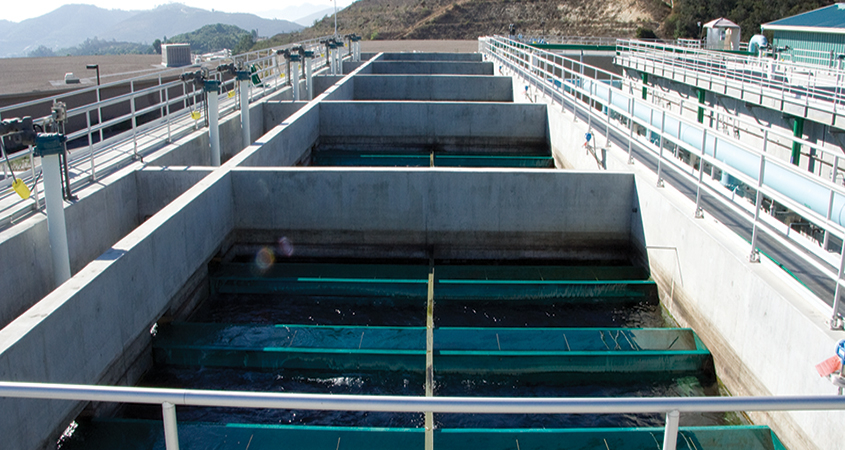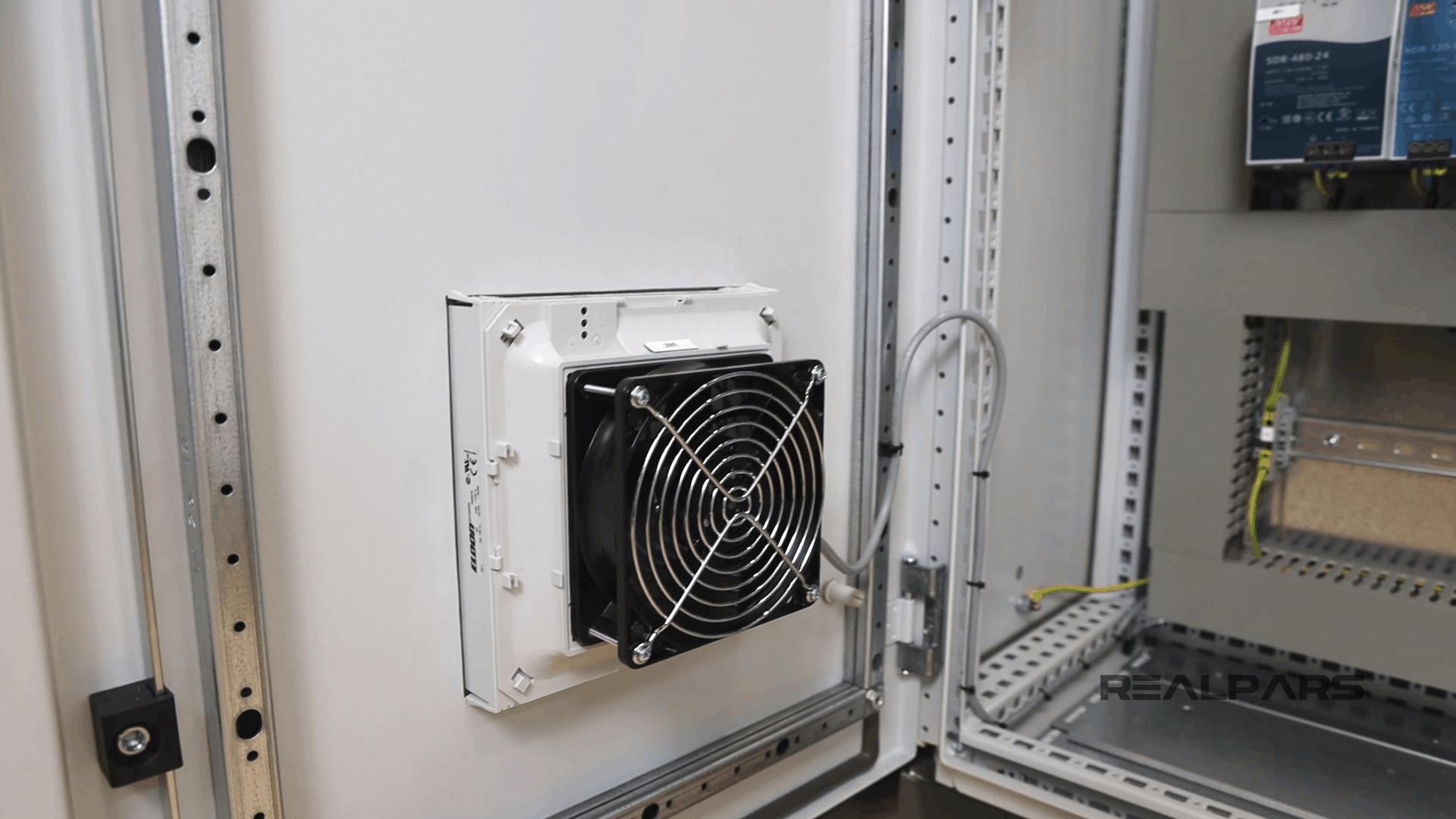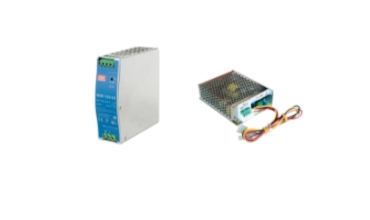Do you know how many types of earth fault protection? This article will help you know 3 types of earth fault protection. As you need to know, earth fault protection is a critical safety mechanism used in electrical systems to detect and mitigate faults that occur when an unintended connection between an energized conductor and the earth (ground) takes place. This type of fault can lead to dangerous situations, including electrical fires, damage to equipment, and severe risks of electric shock to personnel. The following is a detailed introduction to three common ground fault protection devices – Earth Leakage Circuit Breaker (ELCB), Ground Fault Circuit Interrupter (GFCI), and Ground Fault Relay (Earth Fault Relay).

1. Earth Leakage Circuit Breaker (ELCB)
Ground leakage circuit breakers are primarily used to detect leakage (ground fault) and automatically disconnect power when leakage is detected. ELCB can be divided into two types: voltage type and current type.

Voltage-operated ELCBs work by monitoring the voltage difference between ground and ground. When a ground fault occurs and the voltage rises to a threshold, the ELCB triggers, opening the circuit. This type of ELCB is less common because it needs to be connected directly to the ground and has a high dependence on the ground wire.
Current-operated ELCB (current-operated ELCB, now often called residual current circuit breaker RCD) monitors whether there is any imbalance in the current passing through the circuit (that is, the incoming and outgoing currents are not equal). If a current imbalance is detected, indicating that the current is “leaking” to the ground, the device will open the circuit. This type of ELCB is more widely used because it does not rely on external ground wires and is safer and more reliable.
2. Ground Fault Circuit Interrupter (GFCI)
GFCI is a fast-response protective device used to prevent electric shock caused by ground faults in electrical systems. It is primarily used in residential and commercial buildings in bathrooms, kitchens, outdoors, and any area that may come into contact with water.

GFCIs work similarly to galvanic ELCBs by comparing the current entering and leaving the outlet. If a small amount of current (usually set at 5 milliamps) deviates from its normal path, the GFCI will break the circuit in a very short time (usually 1/30 of a second), thus protecting personnel from electric shock. GFCI usually comes in the form of receptacles, but there are also types installed in electrical panels.
3. Earth Fault Relay
An Earth Fault Relay is a device specifically designed to monitor and protect ground faults in electrical systems. This relay is a critical part of protecting power systems from ground faults and is suitable for use in industrial, commercial and advanced power system facilities. Its main function is to respond quickly when a ground fault is detected, thereby cutting off the problem circuit, preventing the spread of faults, and protecting equipment and personnel safety.

Principle of operation: Ground fault relays usually work with zero sequence transformers. Zero-sequence transformers are installed around all phase conductors and neutral conductors to monitor zero-sequence currents in electrical systems. Under normal operating conditions without faults, the zero sequence current through the transformer should be very small or close to zero. When a ground fault occurs in the system, the zero sequence current increases significantly, and this change is detected by the ground fault relay.
Each device is designed for specific application scenarios and provides the necessary protection measures in the event of a ground fault, thereby ensuring the safety and reliability of the electrical system. Selection of the appropriate type of equipment depends on the environment, the nature of the electrical installation, and its safety requirements.






